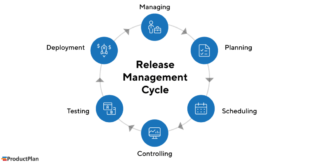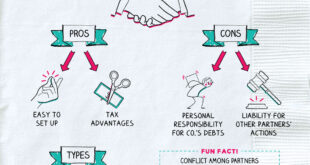The satellite communications industry is a dynamic and rapidly evolving field, integral to global connectivity, data transmission, and a plethora of modern technologies. As with any sector that operates across international boundaries and involves advanced technology, navigating the legal and regulatory landscape is both complex and critical. This article explores …
Read More »The World Economic Forum Unveils Blueprint to build a safe and inclusive Quantum Economy
The World Economic Forum (WEF), in collaboration with IBM and SandboxAQ, has taken a significant step towards a future powered by quantum technologies. They’ve released the Quantum Economy Blueprint, a comprehensive framework designed to foster the responsible development and equitable access to a global quantum economy. Here’s the report foreword …
Read More »Innovations Leading the Charge Towards a Zero Water Waste Future
Water is our most vital resource, yet it’s under increasing threat. Climate change is causing glaciers to recede and groundwater to deplete faster than it can replenish. Rain patterns are growing more erratic—monsoons in South Asia are shifting or faltering, while storm surges increasingly contaminate freshwater sources. In a world …
Read More »The Digital Revolution in Scientific Research: Transforming Laboratories into Innovation Hubs
The landscape of scientific research is undergoing a transformative shift, driven by the integration of digital technologies. Laboratories, once characterized by manual processes and physical experiments, are evolving into dynamic innovation hubs known as digital labs. This digital revolution is not only streamlining traditional methods but also introducing groundbreaking technologies …
Read More »Demystifying Software Requirement Specification (SRS) Documents: A Comprehensive Guide
In the realm of software development, a clear understanding of what needs to be built is as crucial as the act of building it. This understanding is captured in a document known as the Software Requirement Specification (SRS). An SRS serves as a blueprint for the entire development process, ensuring …
Read More »Orchestrating Success: A Comprehensive Guide to Software Release Management
In today’s fast-paced digital era, where innovation unfolds rapidly and customer expectations continuously evolve, Software Release Management (SRM) plays a pivotal role in ensuring the seamless delivery of high-quality software. SRM encompasses the strategic planning, scheduling, and execution of software releases throughout the development lifecycle. Acting as the critical bridge …
Read More »Future of Battlefield Repair: The Rise of Telemaintenance
In the modern era of warfare, maintaining military equipment has become increasingly complex and challenging. Traditional maintenance methods often face obstacles such as logistical constraints, limited accessibility, and the need for specialized personnel. To overcome these challenges, military forces worldwide are turning to telemaintenance, a revolutionary approach that leverages remote …
Read More »Building a Brighter Future: How the JET Initiative is Transforming Economies and Creating Jobs
Introduction: In the fight against poverty, sustainable economic growth plays a vital role. Lower-income countries need strategies that not only provide financial aid but also foster job creation and shared prosperity. The Jobs and Economic Transformation (JET) initiative, spearheaded by the World Bank’s International Development Association (IDA), is precisely aimed …
Read More »Innovate UK’s 50 Emerging Technologies: Shaping the Future of the UK Economy
Innovate UK, the UK’s leading innovation agency, recently unveiled its much-anticipated report titled “50 Emerging Technologies,” offering a glimpse into the technological landscape that will shape the UK economy in 2040 and beyond. With a focus on innovation and foresight, this comprehensive report provides valuable insights into the emerging trends …
Read More »Unleashing Breakthrough Innovations: Overcoming Commercialization Challenges in the Digital Era
In a fast-changing digital era, the pressure to innovate has never been greater. Small businesses are rising swiftly, disrupting markets before industry giants can react. Success stories like Airbnb and Uber underscore how startups with innovative business models can pose a threat to even the largest corporations. However, while breakthrough …
Read More » International Defense Security & Technology Your trusted Source for News, Research and Analysis
International Defense Security & Technology Your trusted Source for News, Research and Analysis

